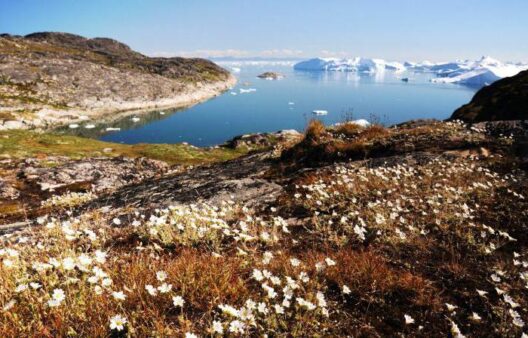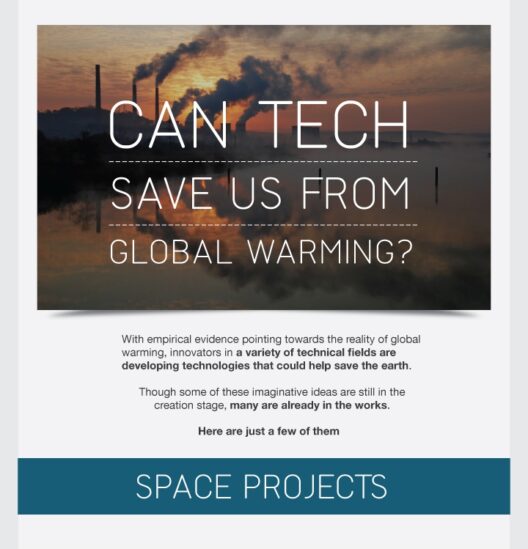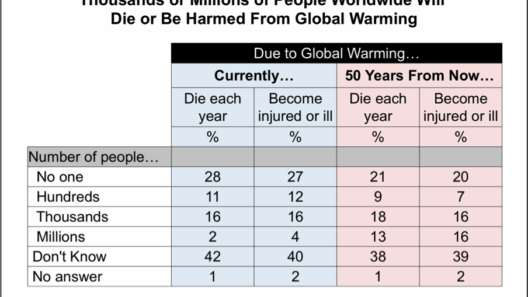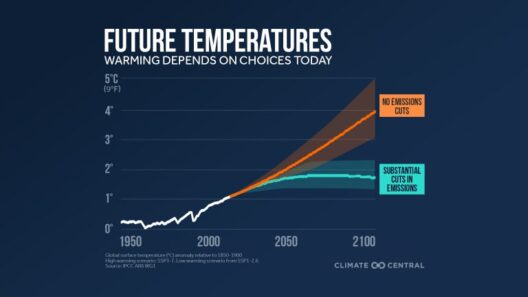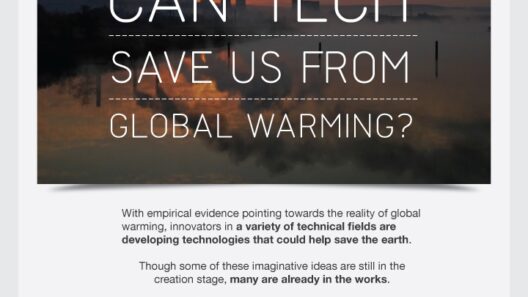My journey in understanding global warming began in a world shrouded in ignorance, much like a veiled chrysalis harboring an unforeseen butterfly. Initially, I embraced the narrative of convenience, the allure of a life ingrained in fossil fuel reliance. Cars hummed with the symphony of their internal combustion engines, and the omnipresent buzz of electricity energized my existence. Little did I know, this playlist of modernity played over a cacophony of impending climatic disaster.
As I traversed through life, the seeds of environmental awareness began to take root. The first jolt came from an unusual source: a documentary that daunted my senses, illuminating the grim effects of climate change. The tale unfolded like a dystopian novel, revealing the harrowing realities of rising sea levels, deforestation, and species extinction. Like a slow-burning fuse, the information ignited a spark of curiosity in my mind about the degradation of our planet.
This pivotal moment catalyzed a metamorphosis. The chrysalis began to unfold, revealing a world brimming with vibrant flora and fauna, a delicate tapestry of ecosystems intertwined in an intricate dance. I recognized that our choices are inextricably linked to the fate of this exquisite realm. What struck me most profoundly was the sheer scale of humanity’s impact, akin to a persistent tide eroding the shoreline, month after month, year after year.
With this newfound awareness, I delved deeper into the quagmire of information surrounding global warming. I encountered a plethora of statistics and narratives detailing how carbon emissions surged as industries proliferated—an insatiable beast consuming the natural world. The Carbon Cycle, previously an elusive concept, transformed into a tangible adversary. Each greenhouse gas emitted became a specter haunting our present and our future.
As I began to unravel the complexities of climate science, I discovered the multifaceted nature of the crisis. It was not merely a solitary issue but a nexus of concerns—economic instability, social inequality, and public health crises. Each thread intertwined with the others, forming an ominous tapestry that enveloped communities worldwide. It became clear that to tackle global warming was to fight for justice in all its forms.
Engaging with others fueled my resolve. I attended community meetings, joined environmental groups, and found camaraderie among fellow activists. Together, we forged a collective vision for change, reminiscent of a choir harmonizing towards a common goal. Discussions ranged from renewable energy solutions—solar, wind, and hydro—to sustainable agriculture practices. Each conversation reinforced the notion that we are custodians of our planet, entrusted to safeguard its beauty for generations to come.
However, the path was not devoid of obstacles. Encountering naysayers and skeptics posed significant challenges. Their arguments often resembled the whispers of sirens, tempting the unwary with half-truths and misinformation. Yet, armed with education and data, I learned to navigate these treacherous waters. I discovered the importance of addressing misconceptions with clarity and empathy, emphasizing that understanding is fundamental in our battle against climate ignorance.
The emotional toll of activism can be akin to a tempest—ferociously challenging yet utterly transformative. Moments of despair arose when confronted with the relentless frequency of climate disasters. Each wildfire, flood, and hurricane felt like a reminder of our vulnerabilities as a species. Dismay often accompanied me like a heavy cloak; however, I endeavored to reframe that sorrow as fuel for my activism. Each disaster spurred me onward, serving as a rallying point for urgent action.
Achieving personal sustainability became another facet of my journey. I embarked on a mission to reduce my carbon footprint, adopting practices that many consider integral feathers in the environmental cap. I transitioned to a plant-based diet, maximizing my culinary ventures while minimizing agricultural emissions. Biking and using public transportation became my new modes of travel—each revolution of the pedal a deliberate step towards tranquility in our planet’s rhythm.
Moreover, I discovered that small changes ripple outward, creating a wave of impact. The simple act of conversation can spark revelations in others, fostering a culture of sustainability within your immediate community. Encourage local initiatives that promote recycling and conservation. Organize cleanup sessions at nearby parks and beaches. Each step may feel minuscule, but combined, they culminate in monumental shifts.
My global warming journey evolved from self-awareness to collective action, highlighting that every individual holds sway over the trajectory of our future. As I immersed myself in environmental advocacy, I found solace in the knowledge that transformation is an inherent part of creation. The world is in a state of continuous evolution, much like the phoenix rising from its ashes—a testament that rebirth is always attainable.
Now, it is your turn. Reflect on your own relationship with climate change. Explore personal choices that impact the environment and engage in conversations that challenge the status quo. Mobilize your communities and become an advocate for the planet. The journey may be long and fraught with hurdles, but each step taken towards understanding and action can mitigate the consequences of global warming and pave the path for a more sustainable future.
In conclusion, change is not a solitary endeavor—it is a symphony requiring each of us to uplift the voices of the planet. Together, we traverse this journey, embodying the essence of stewardship. The call to action reverberates within us, inviting us to transform from passive observers into active participants, ensuring that the world we leave behind is verdant, vibrant, and ripe with possibility.




